Embracing Industry 5.0 and robotics in Indian manufacturing
June 22, 2021 7:07 pm
Industry experts share their views on embracing automation, IoT, robotics to create connected enterprise. We will also understand challenges in incorporating robotic applications and other automated technologies to the manufacturing processes.
Indian Manufacturing and machining sector has been redefining itself by leveraging newer technologies of Industry 4.0. Tremendous transformation can be seen in the processes by creating smart and automated processes. To add more precision, industry has been presented with robots controlled by humans. This officially validates the acceptance of Industry 5.0. Industry 5.0 model creates greater potential for customisation to meet the need for complex designed products and expected to create wider scope compared to automated industry 4.0 systems.
Are we ready to embrace Industry 5.0?
According to Ganapathy Subramaniam, Head – Application and Engineering, Janatics India Pvt. Ltd., Its very simple to ask because we already have a lot of b2c, which is mostly demand-oriented. Janatics India, a pneumatic company, is gradually moving towards automation. So, at this very moment, we are not in the Industry 5.0 direction. “But I think that the industry along with the MSMEs will take a minimum of five to six years to accept and adopt the Industry 5.0 and allied technologies. We need a lot of upskilling and upscaling to adopt and maintain them, as today; our approach is more conservative, which needs to be changed. Big things take time to change.” Looking at the price competencies towards the product not all companies have been using industrial robots for their industrial processes as we need an expert to attend and understand these robots, all of these people actually end up becoming more expensive than the German, especially with the kind of customer base that we are trying to have, with the kind of end customers proliferating.
“We have to embrace a lot of technologies, making India and more MNCs come and bring in technology in the coming years. We will gradually evolve to that level. That is a situation, but it is definitely a record; I’m glad we aren’t getting more into 4.0. People who have talked about 4.0 have discovered, in retrospect, that it is just like taking one step back, and they have understood the reality. And Industry 5.0 getting more attention, which makes me very happy. So definitely 5.0 seems more sensible”, Ganapathy adds.
According to Girish Alawe, Head – Tec.nicum Department, Schmersal India, while talking about Industry 4.0 and Industry 5.0, we really should look at the ground reality. Schmersal have been adopting and implementing safety standards from the recent two years. And when we talk about these standards with the end-user, the first question we received was about the time to comply with these standards as each and every end-user has 1000s of machines. For example; an FMCG Unilever have over 75 manufacturing facilities in India and each manufacturing facility with huge and wide variety of machines. “So, implementing the safety standards to each and every machine would take time, but it will happen as we have finally started thinking about it. So, with this acceptance, I think we will be back on track with the Indian style standards or machine safety standards.”
Having a large economic scale to implement industry 5.0 “I don’t think for Industry 4.0 or 5.0, I’m focusing on mass productions, which is my primary goal. We’re talking about adaptability, sustainability, and personalisation here. Aside from the safety aspect, we must consider the expected and desired returns. Because, at the end of the day, that is what matters. It is impossible to justify cobots and robots purely on the basis of their safety”, says Ganapathy. We can’t have a coexisting situation merely to brag about embracing Industry 5.0. However, due to the expensive cost of maintaining a separate facility for existing industrial automation, they ultimately decided to move away from Robot in two cases. They should, because when they have a hundred or so industrial automation, they should. It’s not as if they didn’t want industry 4.0.
Safeguarding technologies across industrial applications and factory automation When we talk about industrial safety, the first thing that comes to mind is audits, the quality audits we perform on our premises, because most of the time, we all know that yes, there are hazards in my machines, there are challenges with my machine, but for me, production is more important, and that is a common scenario everywhere.
If you ask anyone, they will tell you that their top priority is safety. However, when you go and ask them to shut down their machine for a couple of days so that we can upgrade your machine for safety, they encounter difficulties.
“So, yes, this is a challenge, and to meet it, Schmersal has been in India for the last 13-14 years, the first six to seven years only for education, to teach people about machine safety and why it is important for them to prepare for it. After seven to eight years, people, particularly multinational corporations, began to realise that, yes, we must implement this safety measure in India as well,” adds Girish.
Based on these changes, the government has also begun to take the initiative that we need some kind of quality standards. If we ask people to maintain the safety of your machine, we only have to tell them how to do so because, if you go to Europe, there is a machinery directive, which is a legal aspect, and there is a safety standard that gives guidelines to comply with the legal aspects.
We have the Factories Act, but no provision is made for the Indian standard. As a result, there are no guidelines in place to ensure the safety of machinery because of which those gaps are being addressed and people are receiving information. People are becoming more conscious of this. So, yes, we have seen a significant improvement in the last four years.
Critical safety issues for CNC machines
Sharing an experience from his initial days in the industry, Janak says, I have been associated in this industry since 2007, and back then I used to sell CNC Plasma and Laser Cutting machines. At the time, everyone was purchasing plasma machines with no fume exhaust and other tables. But, after few years, people began realising the significance, reliability and the need to have them. Educate people, putting everyone to nine out of 10 machines, I say around seven-eight machine I sell systems with tables and fume exhaust systems across various countries like Europe, U.S. among the others. This actually brings in optimism that people are changing, they are open to adopt newer technologies and are ready to invest more towards the safety aspects; and this could be seen only from 2013.
We do have a great potential; a lot of potential and I would say that is not a priority has been given to the particularly the prospect here.
Meeting the required skill set for industry 5.0
According to Janak Bhuva, General Manager – CNC Business, Messer Cutting Systems Pvt. Ltd., “If you see, our industry requires huge amount of skill set to meet the machine standards. Looking at the work we’ve been doing, I believe we’ve discovered a significant skills gap. I believe we do not have enough labour, given the types of machines we employ and the level of technology that industry is bringing in. I 5.0 would be a breather for a large industry. “So, certainly, in this type of industry we are into, industry 5.0 is really beneficial. Everyone talks about Industry 4.0 and 5.0, but when it comes to software, the Indian industry still has a lot of machines that want to do everything at the same time. I’ll offer an industry standard visa if I make a wonderful machine. Many people are eager to take the next step in their investing careers. For certain MNCs, this kind of halt generates a lot of worries. Yes, they started, but we are still way behind, and there is a lot of work, as well as a lot of potential, especially in nations like India. I’ve seen the companies you’re familiar with, and the only one who appears to be operating the machine is the owner of my customer, so we need to change these scenarios by bringing in more cost competitive technologies, and look for ways to educate more people to have appropriate training to handle these technologies and the allied machines.
Adding to the discussion, Girish says” We may be prepared to provide solutions, but are the machines currently on the shop floor prepared to accept the changes? Because if those machines are not ready or not made for the changes, you cannot expect people to scrap those machines within a day or two or just remove them and start using industry 5.0. No, we have to give them time, as well as, we have to see the challenges they are facing with their existing machines to upgrade them industry 4.0 industry 5.0.” So, it is important that we address these challenges to bring more ease to the processes.
Final Note
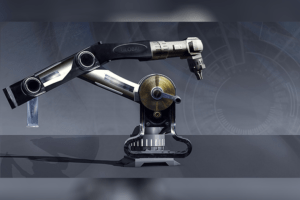 There are local manufacturers who are now trying to compete and they are manufacturing the robots in India. They are making these robots and they are following the safety guidelines while installing these robots. However, we believe that within the next year or two, they will develop a cobot as well. No, because we don’t know how long the cobot’s creator spent on research and development and how long they’ll continue to work on it. It might take them 5-10- 15 years. Now, our manufacturers are really doing well by manufacturing robots in India being Atmanirbhar and besides there are many other schemes and the good news, what we have seen is that they are getting good responses from the market for these kinds of robot manufacturing, and they are also getting good orders, so that they can produce.
There are local manufacturers who are now trying to compete and they are manufacturing the robots in India. They are making these robots and they are following the safety guidelines while installing these robots. However, we believe that within the next year or two, they will develop a cobot as well. No, because we don’t know how long the cobot’s creator spent on research and development and how long they’ll continue to work on it. It might take them 5-10- 15 years. Now, our manufacturers are really doing well by manufacturing robots in India being Atmanirbhar and besides there are many other schemes and the good news, what we have seen is that they are getting good responses from the market for these kinds of robot manufacturing, and they are also getting good orders, so that they can produce.
Cookie Consent
We use cookies to personalize your experience. By continuing to visit this website you agree to our Terms & Conditions, Privacy Policy and Cookie Policy.




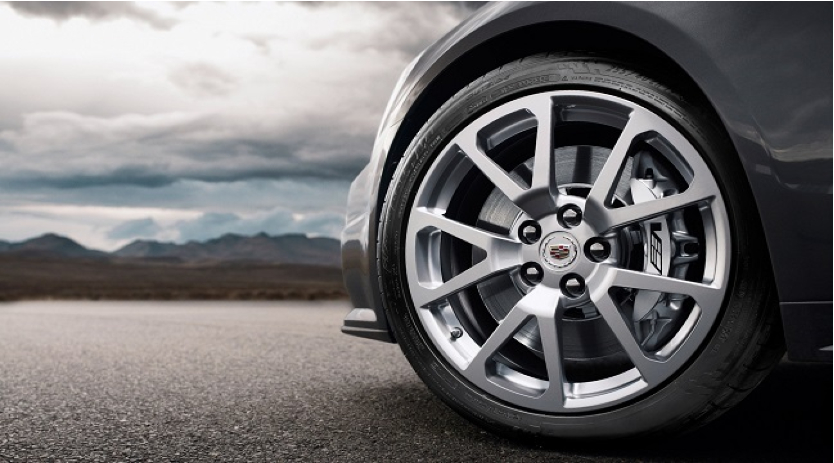


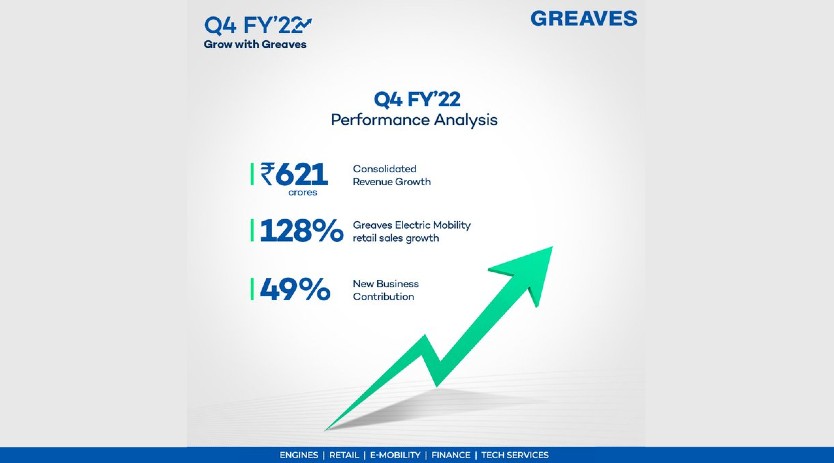
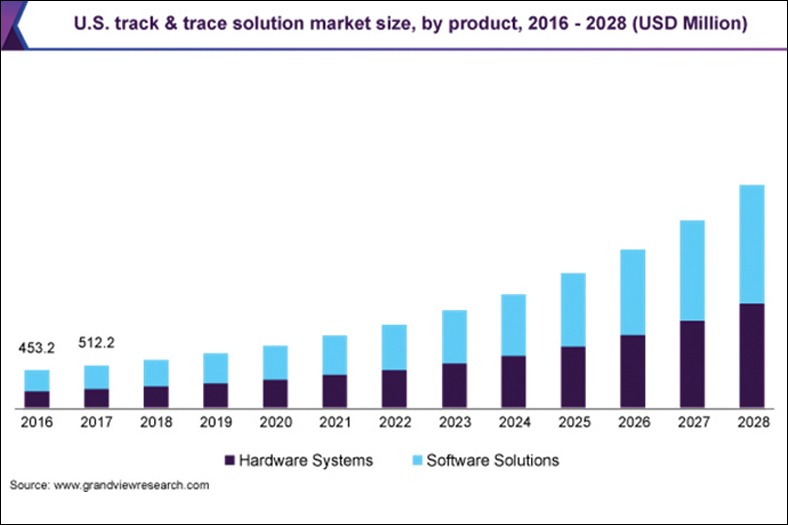
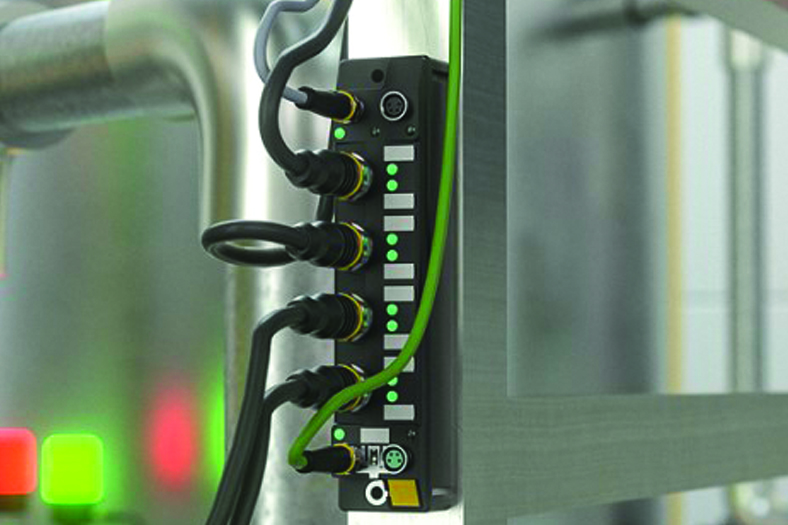

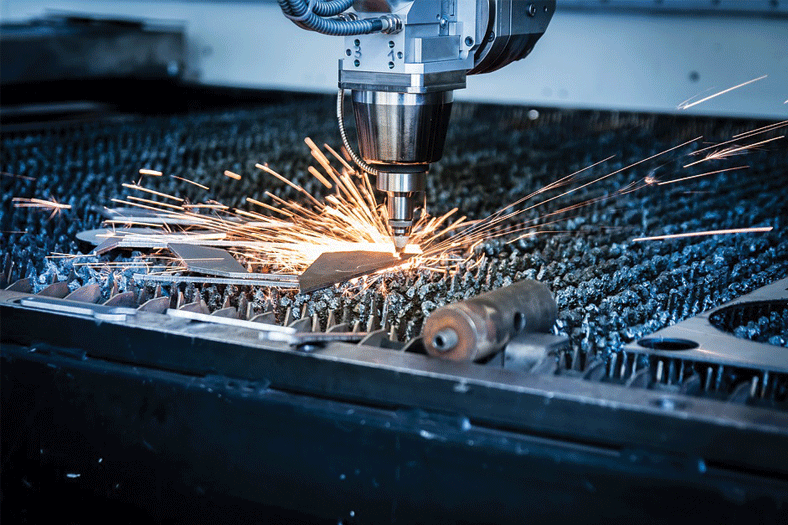
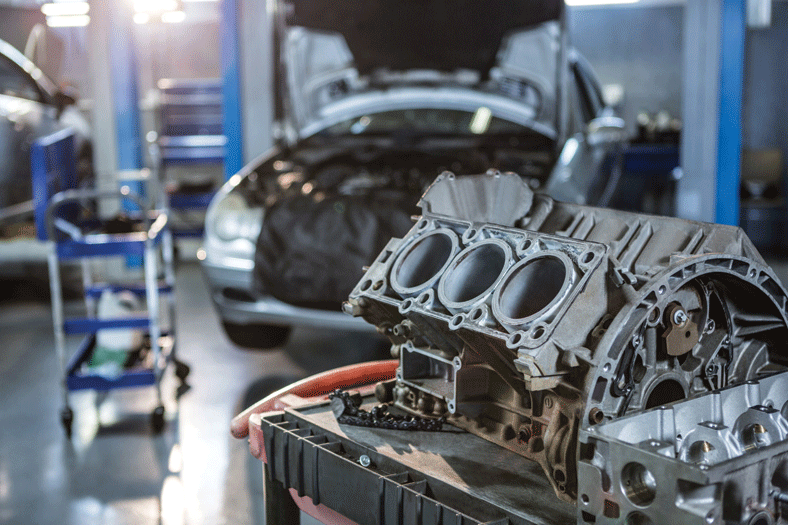
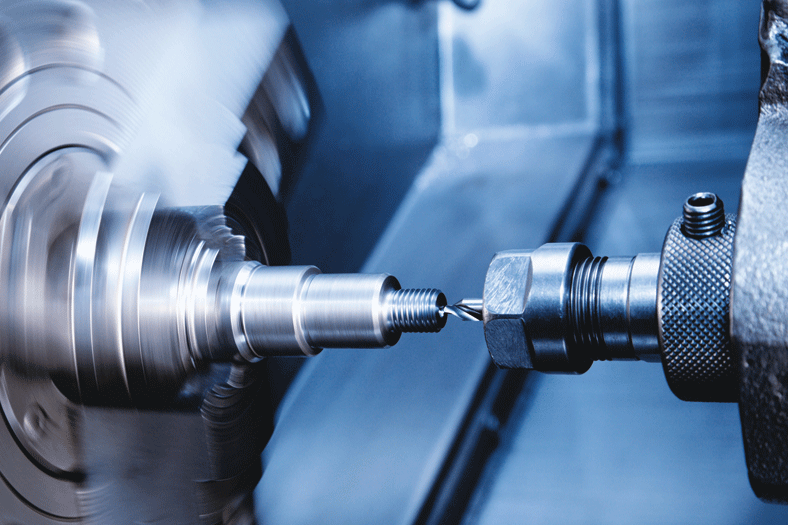



 English
English Hindi
Hindi